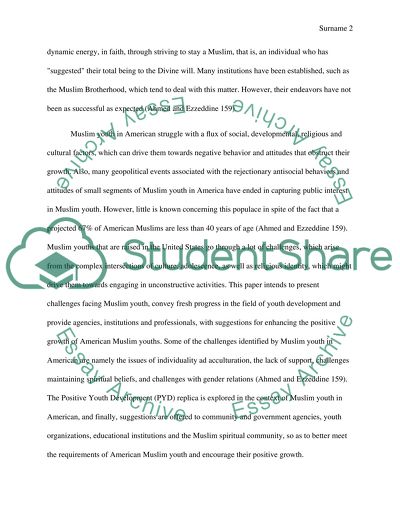Cite this document
(“Belonging in America: The Balance of Behavior and Belief of Muslim Research Proposal”, n.d.)
Retrieved from https://studentshare.org/religion-and-theology/1486278-belonging-in-america-the-balance-of-behavior-and
Retrieved from https://studentshare.org/religion-and-theology/1486278-belonging-in-america-the-balance-of-behavior-and
(Belonging in America: The Balance of Behavior and Belief of Muslim Research Proposal)
https://studentshare.org/religion-and-theology/1486278-belonging-in-america-the-balance-of-behavior-and.
https://studentshare.org/religion-and-theology/1486278-belonging-in-america-the-balance-of-behavior-and.
“Belonging in America: The Balance of Behavior and Belief of Muslim Research Proposal”, n.d. https://studentshare.org/religion-and-theology/1486278-belonging-in-america-the-balance-of-behavior-and.


